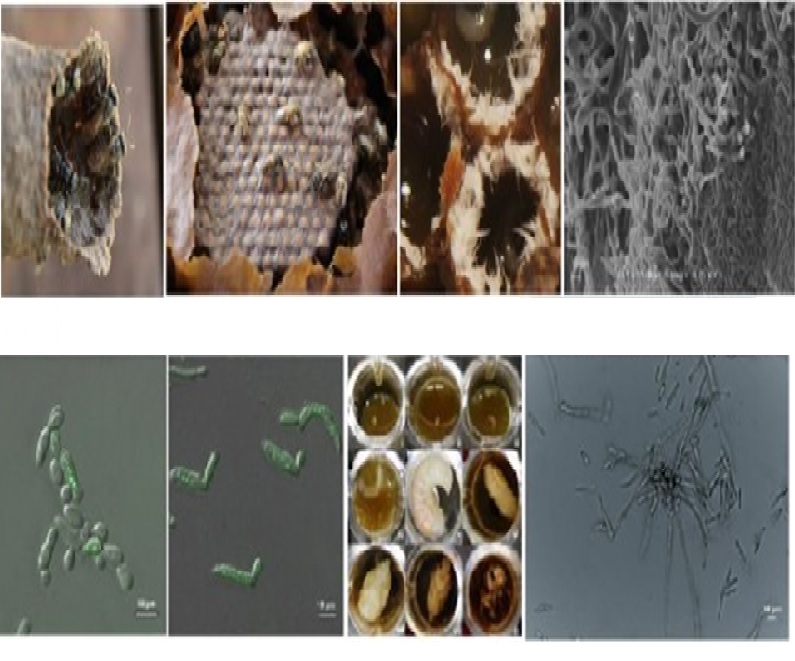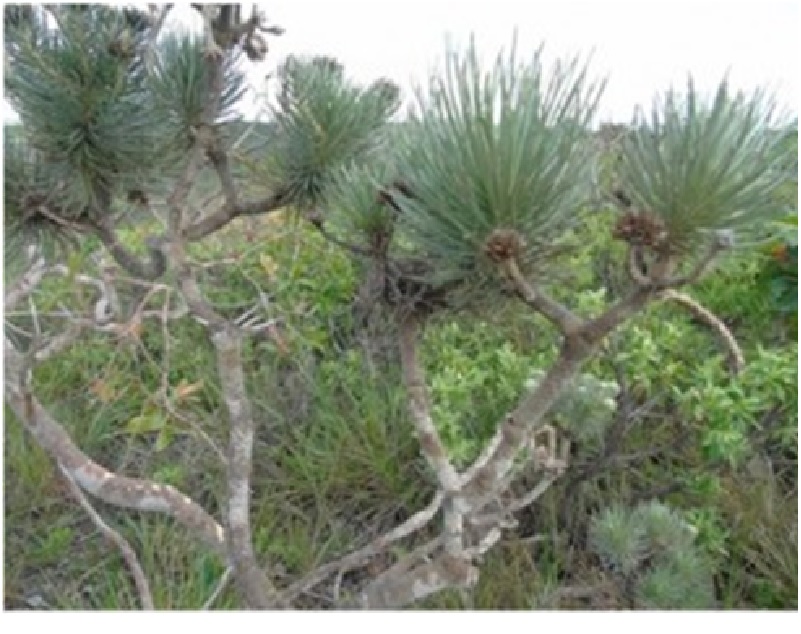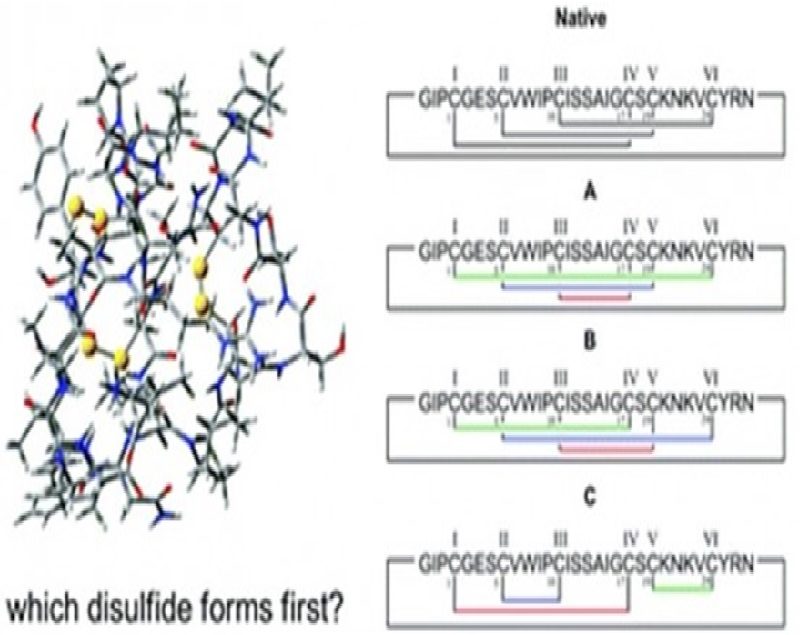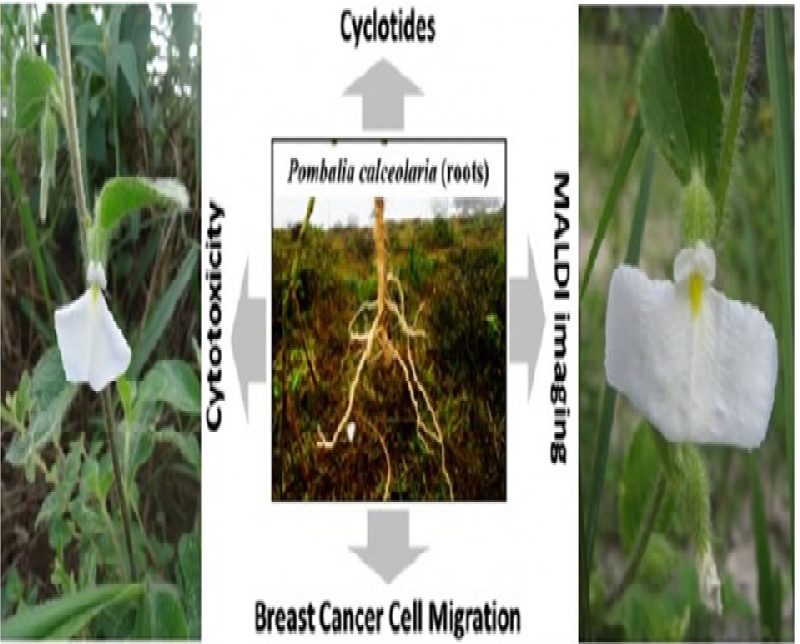
Authors:
Paludo, Camila R. 1 ; Menezes, Cristiano 2, 3 ; Silva-Junior, Eduardo A. 1 ; Vollet-Neto, Ayrton 2 ; Andrade-Dominguez, Andres 4 ; Pishchany, Gleb 4 ; Khadempour, Lily 5, 6 ; do Nascimento, Fabio S. 2 ; Currie, Cameron R. 5 ; Kolter, Roberto 4 ; Clardy, Jon 7 ; Pupo, Monica T. 1
Abstract:
The larval stage of the stingless bee Scaptotrigona depilis must consume a specific brood cell fungus in order to continue development. Here we show that this fungus is a member of the genus Zygosaccharomyces and provides essential steroid precursors to the developing bee. Insect pupation requires ecdysteroid hormones, and as insects cannot synthesize sterols de novo, they must obtain steroids in their diet. Larval in vitro culturing assays demonstrated that consuming ergosterol recapitulates the developmental effects on S. depilis as ingestion of Zygosaccharomyces sp. cells. Thus, we determined the molecular underpinning of this intimate mutualistic symbiosis. Phylogenetic analyses showed that similar cases of bee-Zygosaccharomyces symbiosis may exist. This unprecedented case of bee-fungus symbiosis driven by steroid requirement brings new perspectives regarding pollinator-microbiota interaction and preservation.
1 School of Pharmaceutical Sciences of Ribeirão Preto, University of São Paulo, Ribeirão Preto, São Paulo, 14040-903, Brazil
2 Department of Biology, FFCLRP, University of São Paulo, Ribeirão Preto, São Paulo, 14040-901, Brazil
3 Brazilian Agricultural Research Corporation, Embrapa Amazônia Oriental, Belém, 66095-100, Brazil
4 Department of Microbiology and Immunobiology, Harvard Medical School, Boston, Massachusetts, MA, 02115, USA
5 Department of Bacteriology, University of Wisconsin, Madison, Wisconsin, WI, 53706, USA
6 Department of Zoology, University of Wisconsin, Madison, Wisconsin, WI, 53706, USA
Lily Khadempour
7 Department of Biological Chemistry and Molecular Pharmacology, Harvard Medical School, Boston, Massachusetts, MA, 02115, USA
Link para o artigo completo: https://www.nature.com/articles/s41598-018-19583-9







